Woven is a 3D platform/puzzle/adventure game that recently launched on Kickstarter. As a fan of mascot driven platformers, it drew my attention instantly with its gorgeous art and the unique gameplay mechanic behind it.
As the name implies, you have to knit together your own protagonist, sort of. You actually play a little robot called Glitch, who weaves together Stuffy. Stuffy will be doing most of the work, exploring levels, solving puzzles, jumping around, and being the cute one.
But he can’t do it all alone. Instead, you have to sew new body parts on him, each with their own abilities. These body parts will allow you to solve puzzles and reach new areas. They’ll be a hindrance for other puzzles and areas though. You have to keep balancing what abilities you want to have with what puzzles you need to solve.
To get a better understanding of the game, we stuck our needle in Vincent da Silva, Creative Director on Woven and founder of Digital Forest. Digital Forest is one of the development studios behind the game, along with Alterego Games.
In Woven, the felt and fabric art style and the gameplay go hand in hand. They need to work in tandem for the game to function and make sense. So we started by asking da Silva what came first.
“The central mechanics came first,” he said. “This mechanic is the core gameplay in Woven. To make the combining of creatures more appealing, the knitted, quilted and patched world was born. The idea of using metal objects and creatures came from wanting to create a big contrast with the soft world.”
Woven has its roots as far back as 2011. Cliqist contributor and indecisive person David Lins discovered a game called The Stuffies on da Silva’s LinkedIn profile. As the name suggests, it has a similar premise as Woven, and was an early version of what is now on Kickstarter. Da Silva says he started The Stuffies as a multiplayer focused game with the same core mechanic of stitching together your character. “The idea of a stuffed animal world where you could combine collected creatures and show your creations to others.”
So what happened? Da Silva tells me he it was too ambitious for the time. It wasn’t a complete waste of time though. “I made a prototype and recorded a video of an elephant walking around a knitted and patchwork world, collecting cotton. It was this video that got me hired as a game designer.” He then went on to meet the people behind Alterego Games, Dominic and Matthijs, and together began work on a reboot of The Stuffies, transforming it into a single player game.
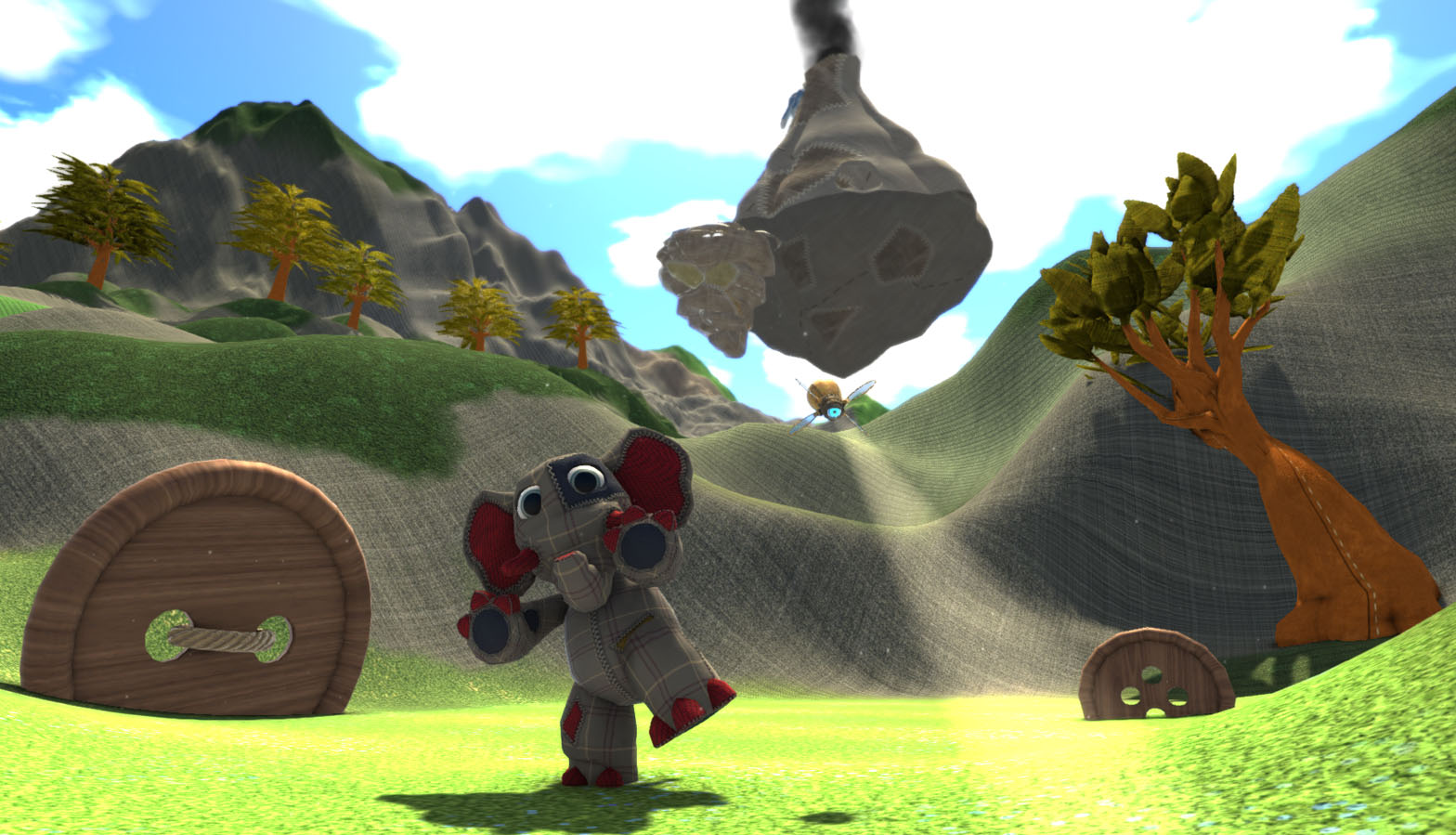
“The game is relaxing, and story driven. You have to solve puzzles and will meet lots of special creatures. The game also has a dark side, which will become more apparent as the story unravels.”
It’s this “soft world” that da Silva believes makes Woven stand out from other Kickstarters. “We believe that our game is quite different from most things you currently see on Kickstarter because of the combination of cute, story driven, laid back puzzle game. We would never claim to be the first or absolutely original, that makes Woven into the game it is, but we do feel that the things we put into the game strengthens each other and together make quite a unique experience that will attract young and old.”
Woven will have more in store for the player than jumping puzzles and collectables. “We consider Woven to lean more towards a point and click adventure.” It makes sense on paper. The ability to attach any number of different body parts like wings or flippers allows for more depth than simple platforming. But as da Silva points out, you can be forgiven for thinking Woven is a 3D platformer after watching the trailer. “If you haven’t played the game but only watched out trailer, we can imagine it looks like a 3D platformer.”
Maybe my dreams of another crowdfunded 3D platformer aren’t dashed so much as re-adjusted. The game still looks and sounds great. But a lot of games on Kickstarter have a great pitch and either aren’t very good upon release, or don’t meet their funding goal. Because of this, it’s always interesting to hear why developers choose to go the crowdfunding route with such promising looking games.
It was planned from the beginning that Woven would eschew publishers, da Silva told me they tried that before and they’re not “fond of that process.” Instead, they’re hoping potential backers will see their excitement, energy, and heart they put into the game and spread that through the community. “With crowdfunding we’re building a community and keep the power to make the game into what we feel our community wants.”
That’s the key here, the experience. When da Silva talks about going the route of publishers in the past. Its inexperience that leads so many great looking developers astray, especially on Kickstarter. Da Silva is confident in his team’s ability because they’re a seasoned developer. “We’ve been doing this for a long time, making lot of small games and making ends meet this way.”
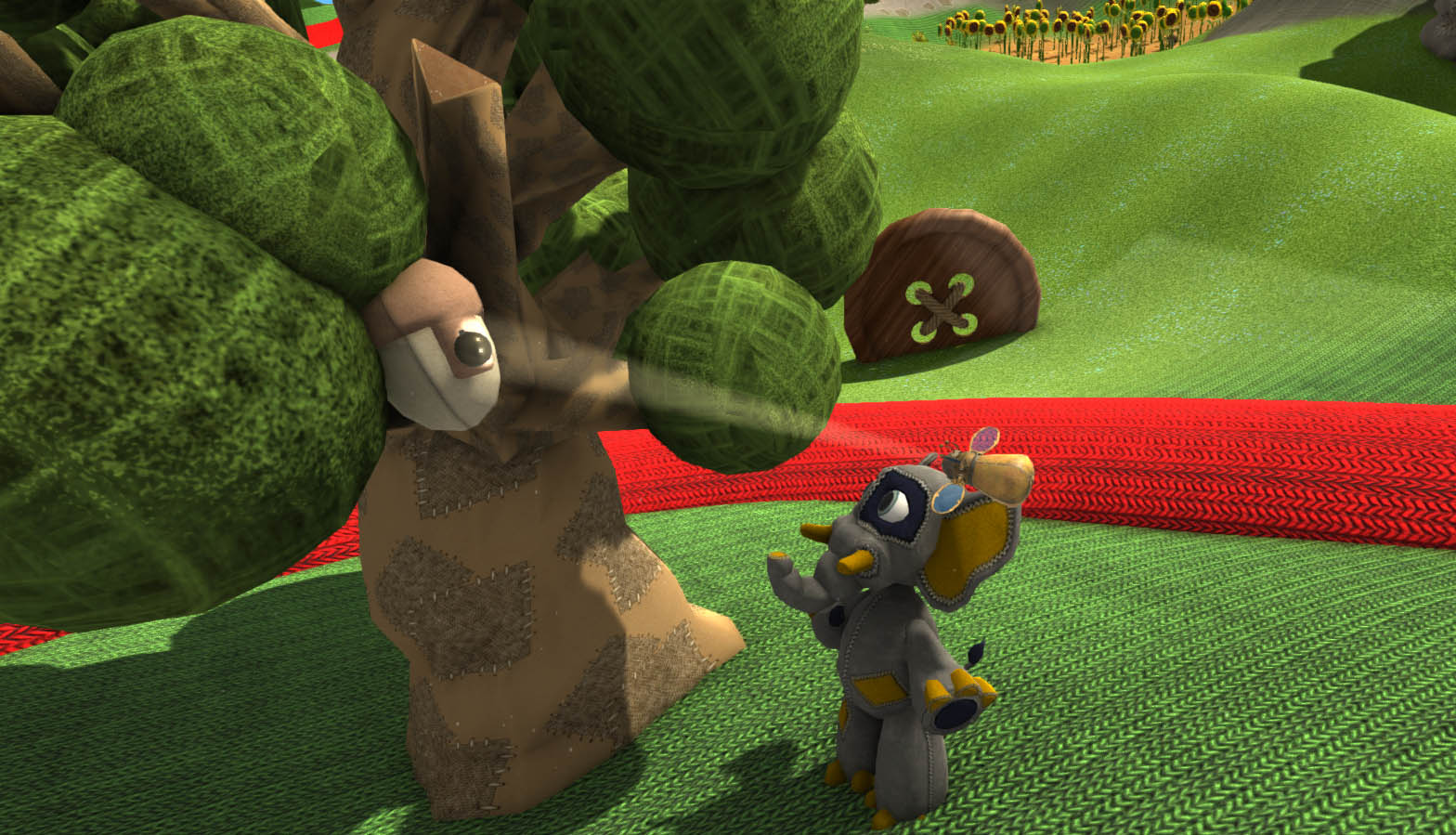 Another Kickstarter killer is when a developer doesn’t know when to scale back their ideas. That goes doubly so for campaigns that raise well past their funding goal, and feel like they have all the money in the world. This is something da Silva has struggled with as well, but is confident they won’t be plagued by the same problem. They have a lot of ideas they want to implement obviously, but da Silva is confident they know what to cut and what to keep.
Another Kickstarter killer is when a developer doesn’t know when to scale back their ideas. That goes doubly so for campaigns that raise well past their funding goal, and feel like they have all the money in the world. This is something da Silva has struggled with as well, but is confident they won’t be plagued by the same problem. They have a lot of ideas they want to implement obviously, but da Silva is confident they know what to cut and what to keep.
“We simply don’t have the time and money to do this all. Our biggest challenge has been to draw the line at some point in development, kill our darlings and showing it to the world, knowing we wanted to show so much more.”
Digital Forest and Alterego Games are less certain about how the Kickstarter will fare. “To be honest, we don’t know how this will turn out,” da Silva said. When asked about whether or not he believed a Kickstarter campaign needs a big name – a la Schafer or Inafune – to rake in the big bucks, he didn’t think so. “There is room for unknown companies in the crowdfunding world as much as the big ones.”
He also cites months of preparation, and is confident that this will see them through. “We did Steam Greenlight to be able to send out Steam keys for promotional purposes. We’ve talked to specialists, asked for their advice. […] Also working with PR Hound, who are experts when it comes to Kickstarter and their promotions, have been a huge help.”
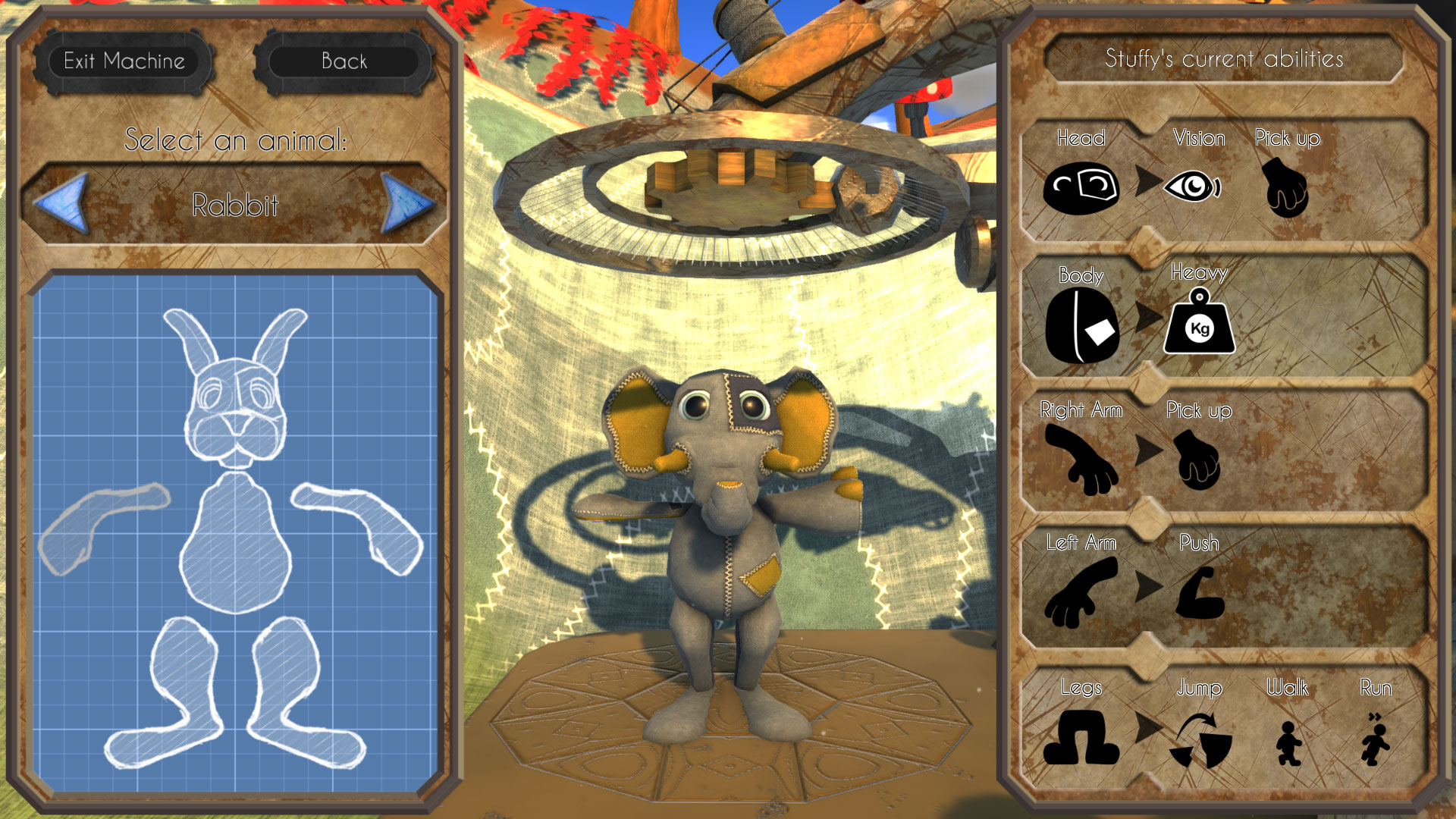
“We believe that our game is quite different from most things you currently see on Kickstarter because of the combination of cute, story driven, laid back puzzle game.”
The team is also working on a backup, in case the Kickstarter isn’t as successful as the Greenlight campaign. “If we fail to make the Kickstarter campaign, we will have to prioritize things. We will need to focus on a stable income first, and pick up Woven when we’ve got the breathing space again to spend time [on] it.”
If the aforementioned Steam Greenlight campaign is any indication, da Silva and company won’t have to worry. Steam Greenlight is a service run by Valve where developers get to pitch their game. The community can vote on whether or not they want to see it on the Steam store. It’s used primarily by developers who can’t or won’t sign with a publisher.
Woven received enough votes to be Greenlit, in about a week.
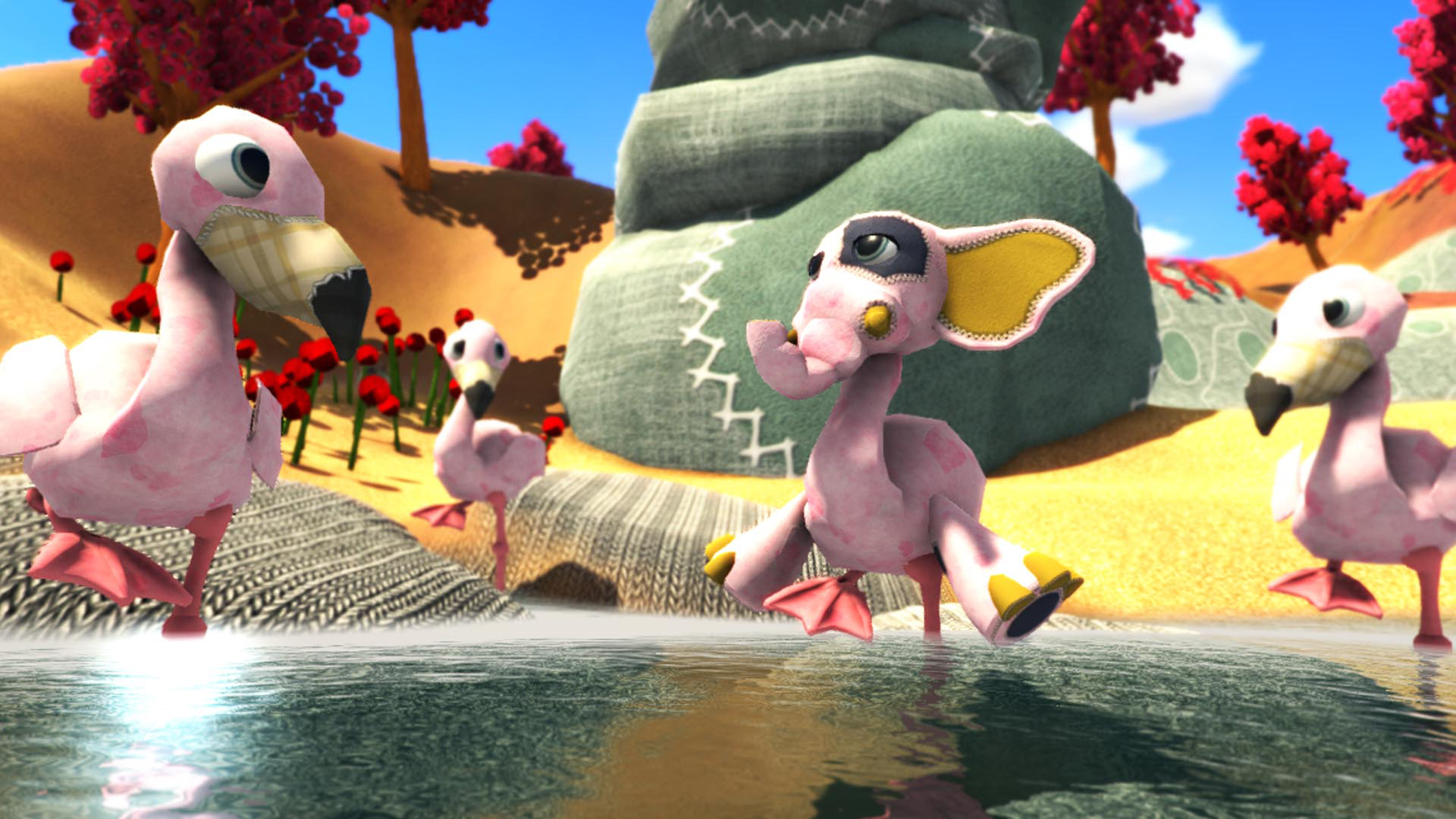 “That was one of our biggest milestones so far!” da Silva said of the process. “We never expected it to go that fast! What we knew from Greenlight is that on average it takes a few months to get through, so you could imagine our surprise! It also gave us a huge confidence boost that we were making a game people could really enjoy.”
“That was one of our biggest milestones so far!” da Silva said of the process. “We never expected it to go that fast! What we knew from Greenlight is that on average it takes a few months to get through, so you could imagine our surprise! It also gave us a huge confidence boost that we were making a game people could really enjoy.”
The Greenlight process hasn’t been without its fair share of feedback, though luckily for da Silva it’s been mostly helpful. “We mainly receive constructive criticism that we all try to take on board.” He seems pretty up for rolling with the punches, and is open to this level of feedback while acknowledging sometimes he has to stick to his sewing machine.
“Most things are very valid arguments, like ‘more interaction’, ‘a clearer goal’, ‘controller support’ which we will all try and implement. Sometimes though, we have to make a choice to keep things as they are. We can’t please everyone, and at times where opinions are split, we go back to our own motivation of why we do things the way we do and trust our own judgment.”
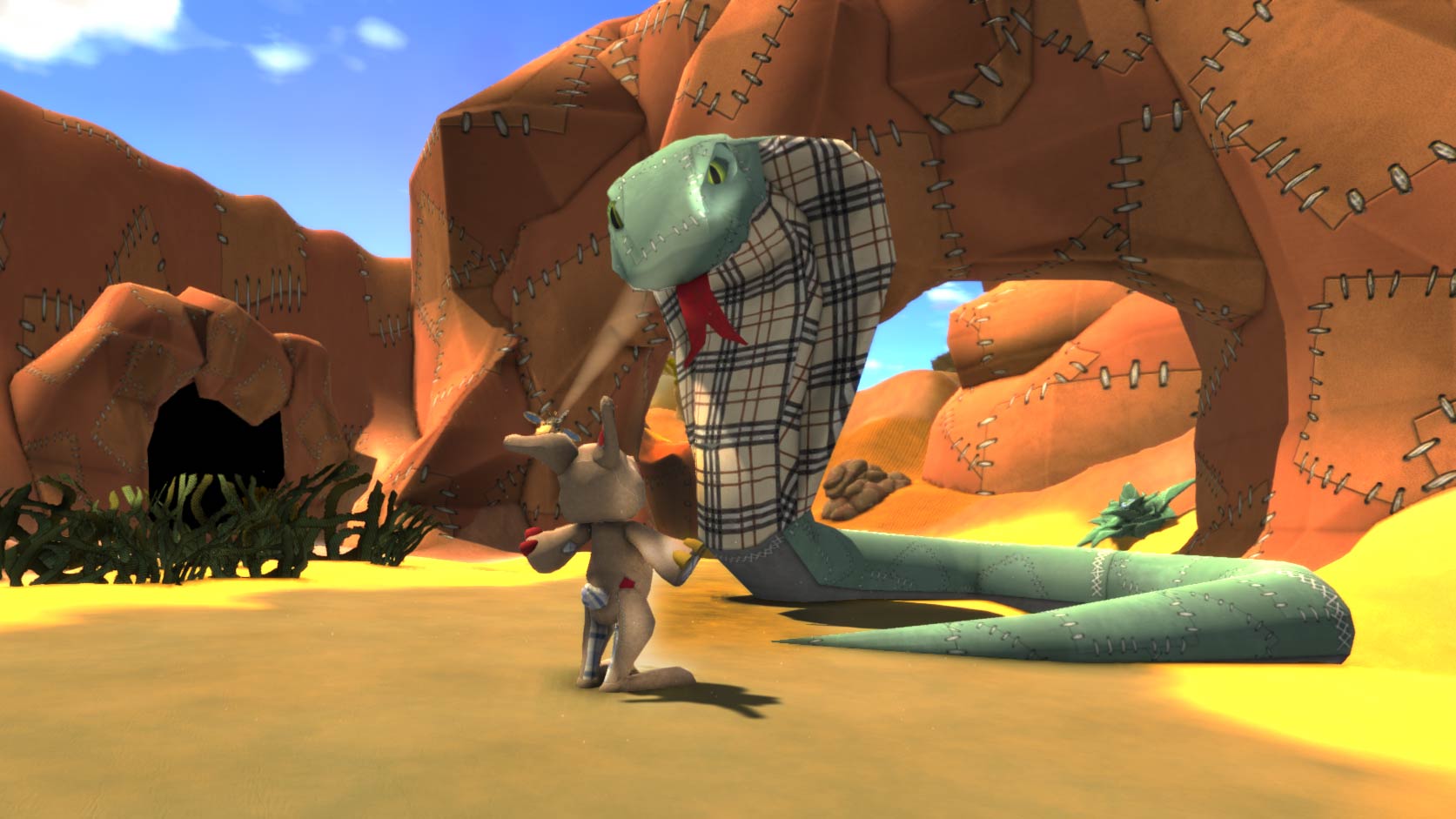
“The story will be a huge part of the game. You will be guided through the world unraveling the story bit by bit. You will learn about Glitch his past and that is going on with the world.”
It’s always great to get to know the people behind a Kickstarter before you give them money. To pick their brain and see what they’re thinking and get an idea of future plans is a luxury. From this interview, it sounds like Vincent da Silva and his team know exactly what they’re doing.
Remember, Kickstarter is always a gamble. A promising looking game, such as Woven, with an open, honest, and well-meaning team behind it doesn’t mean the game will be good. Or that it’ll even see the light of day. But hearing a developer be passionate and savvy is always a good sign.




Even though this isn’t technically a 3D platformer, I still see the roots of games like Banjo-Kazooie or even Yooka-Laylee in Woven. I’m looking forward to this.
It’s just so cute.